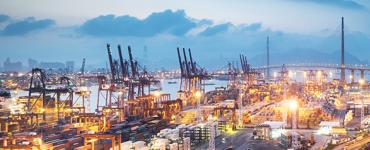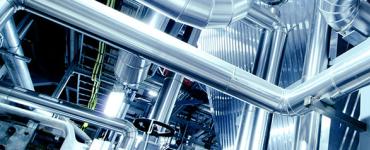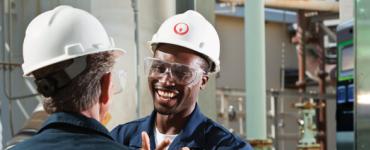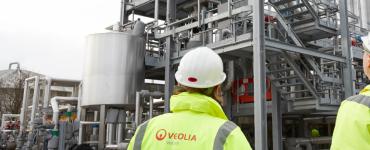- Home
- Latest News
- Interview with Ben Moore

Interview with Ben Moore
As published in Chemical Engineering
Recognizing the systematic approach to cleaning up water for reuse, as well as treating river or alternative water sources for use, another player in the water treatment industry has also tweaked existing technologies to provide higher efficiencies.
“As we look to alternative water sources, such as river water and resource recovery, we, as treatment providers have invested in research to develop technologies that are more efficient and robust so that our users can source alternative sources and reuse effluent to improve their own efficiencies,” says Ben Moore, business development manager with Veolia Water Technologies (High Wycombe, UK; veoliawatertechnologies.co.uk).
As a result, the company has made improvements to many of its traditional treatment methods. For example, Veolia offers Actiflo, a high rate, compact water clarification process in which water is flocculated with microsand and polymer in a draft tube. The microsand enhances the formation of robust flocs and acts as a ballast, significantly increasing their settling velocity. The resulting microsand ballasted flocs allow for clarifier designs with very short retention times, high rise rates and extremely compact footprints.
“On the back of that, our Rapide Strata twin bed deionizers help produce high-purity water, while offering savings of up to 40% on running and effluent costs compared to conventional ion exchange systems. The improved technology offers regeneration in 30 to 45 minutes, minimizes downtime, enhances bacterial control and improves chemical usage efficiencies,” notes Moore.
He also cites improvements to the company’s Sirion Mega RO system for industrial process water, wastewater and water reuse applications. It can be used alone or in combination with processes such as ion exchange in applications where total dissolved solids concentrations in water must be reduced. The RO membrane also acts as a very fine filter, removing 99% of suspended and colloidal solids, bacterial and organic molecules. This makes the process attractive in applications where treated water not only has to be low in TDS but also of high clarity and free from bacteria such as in food processing and pharmaceutical manufacturing.
“All these systems from deionizers to RO are becoming more and more efficient and can reliably recover more water to improve efficiencies and costs,” says Moore.












